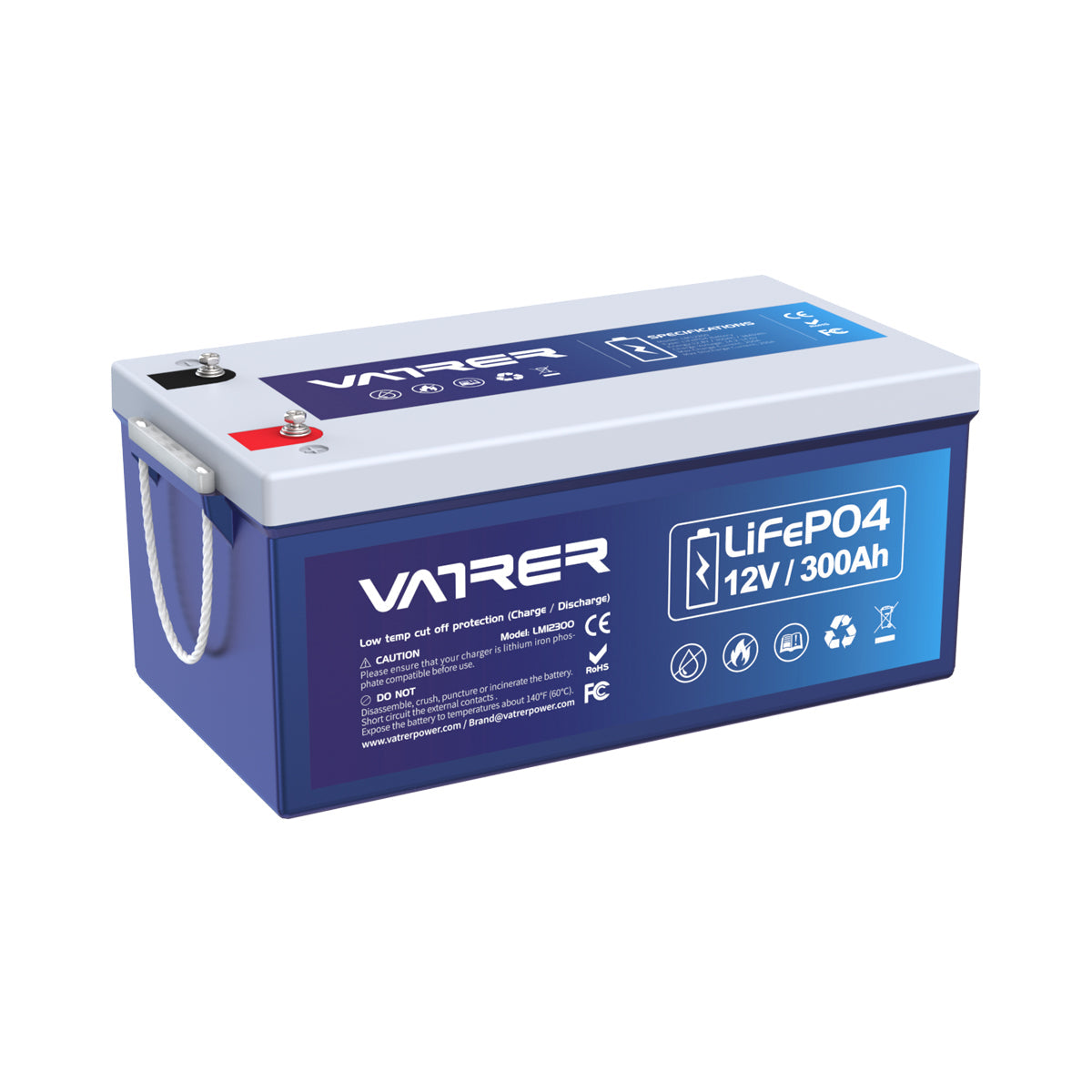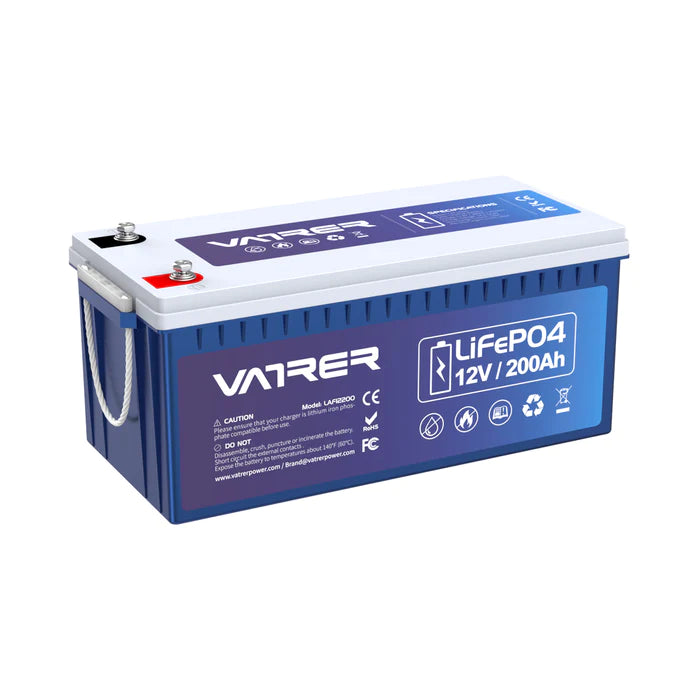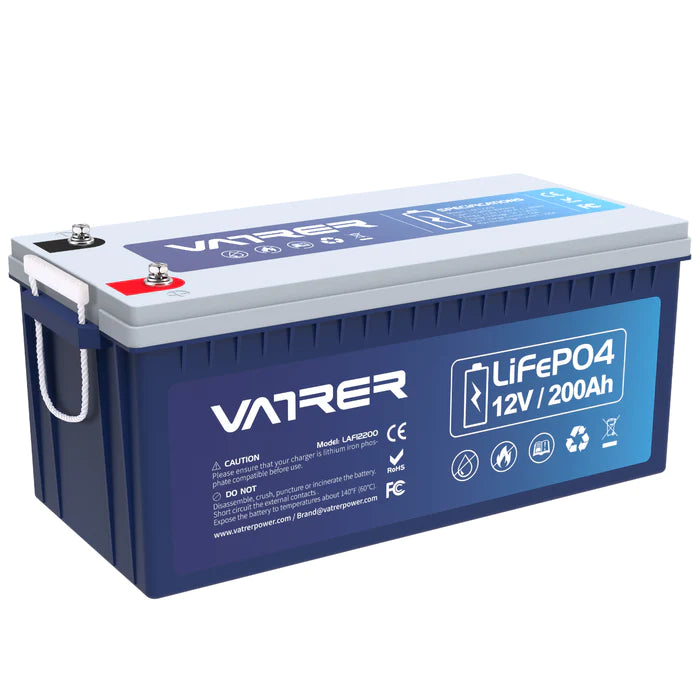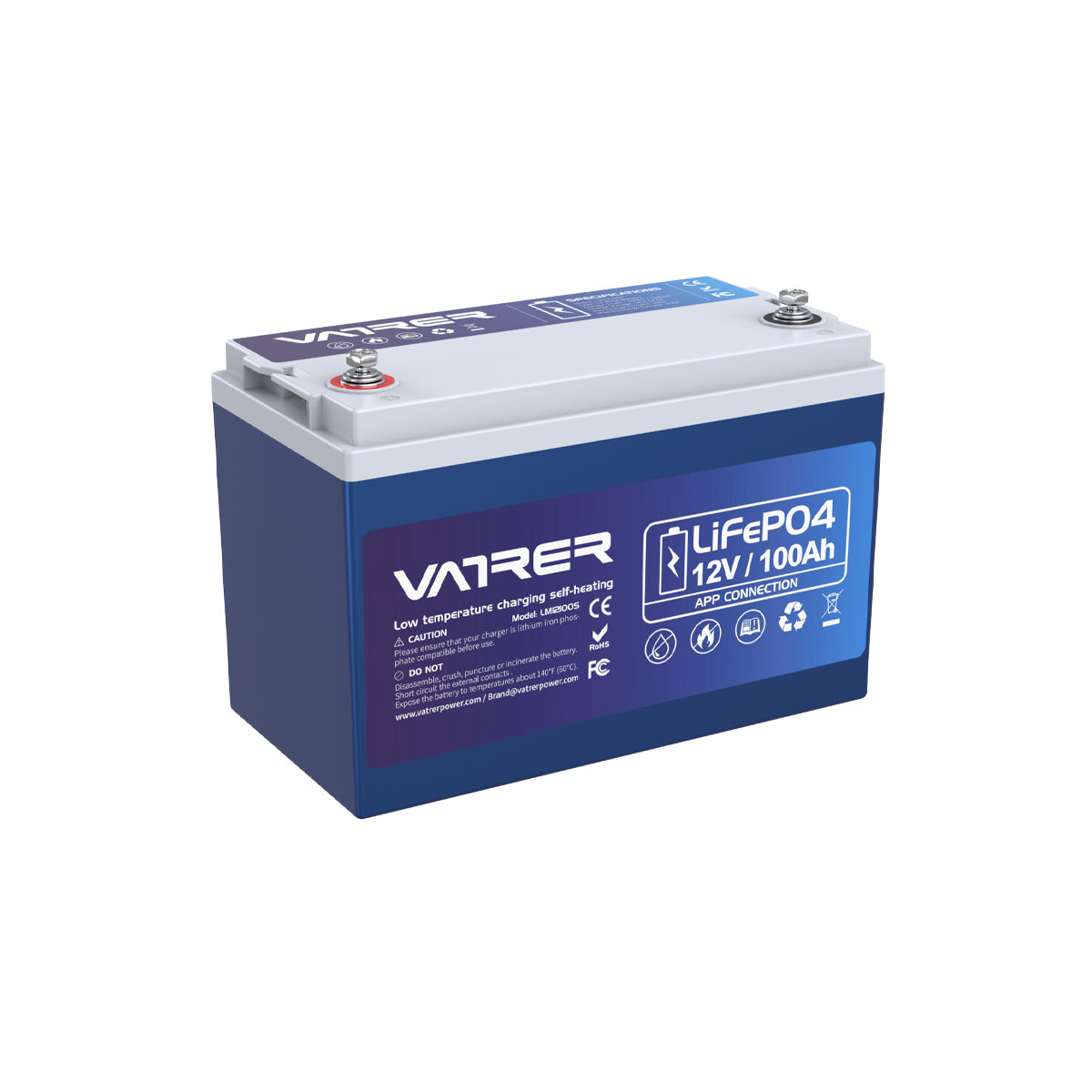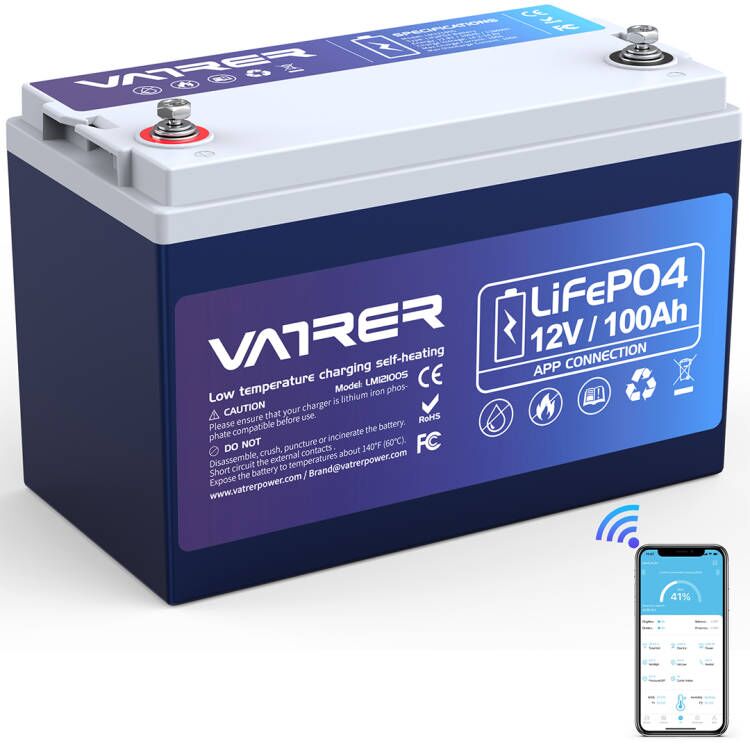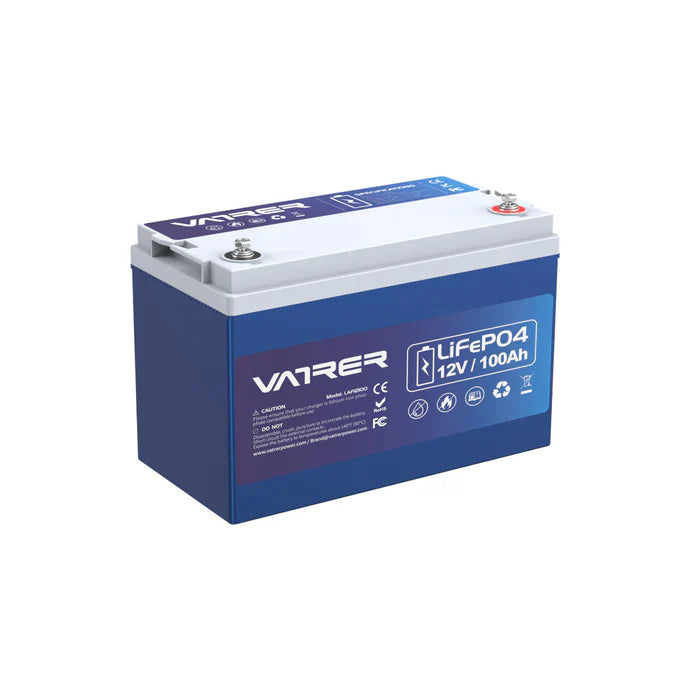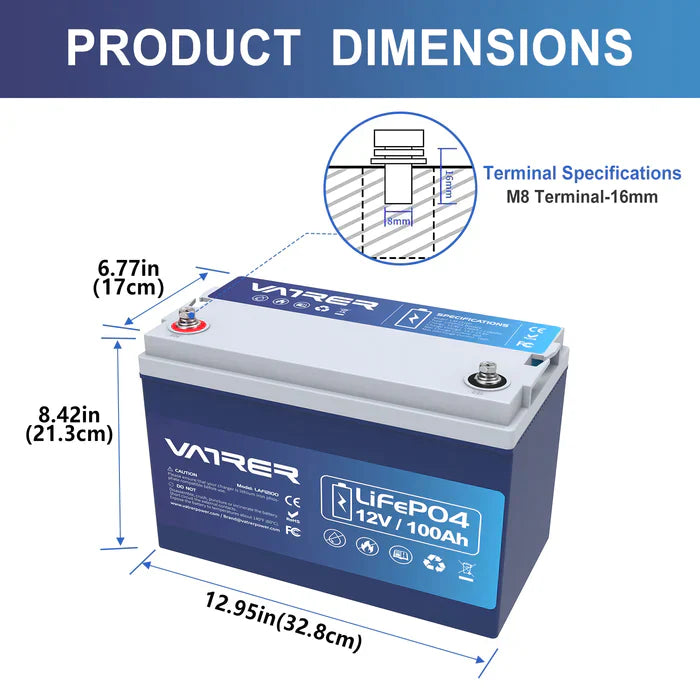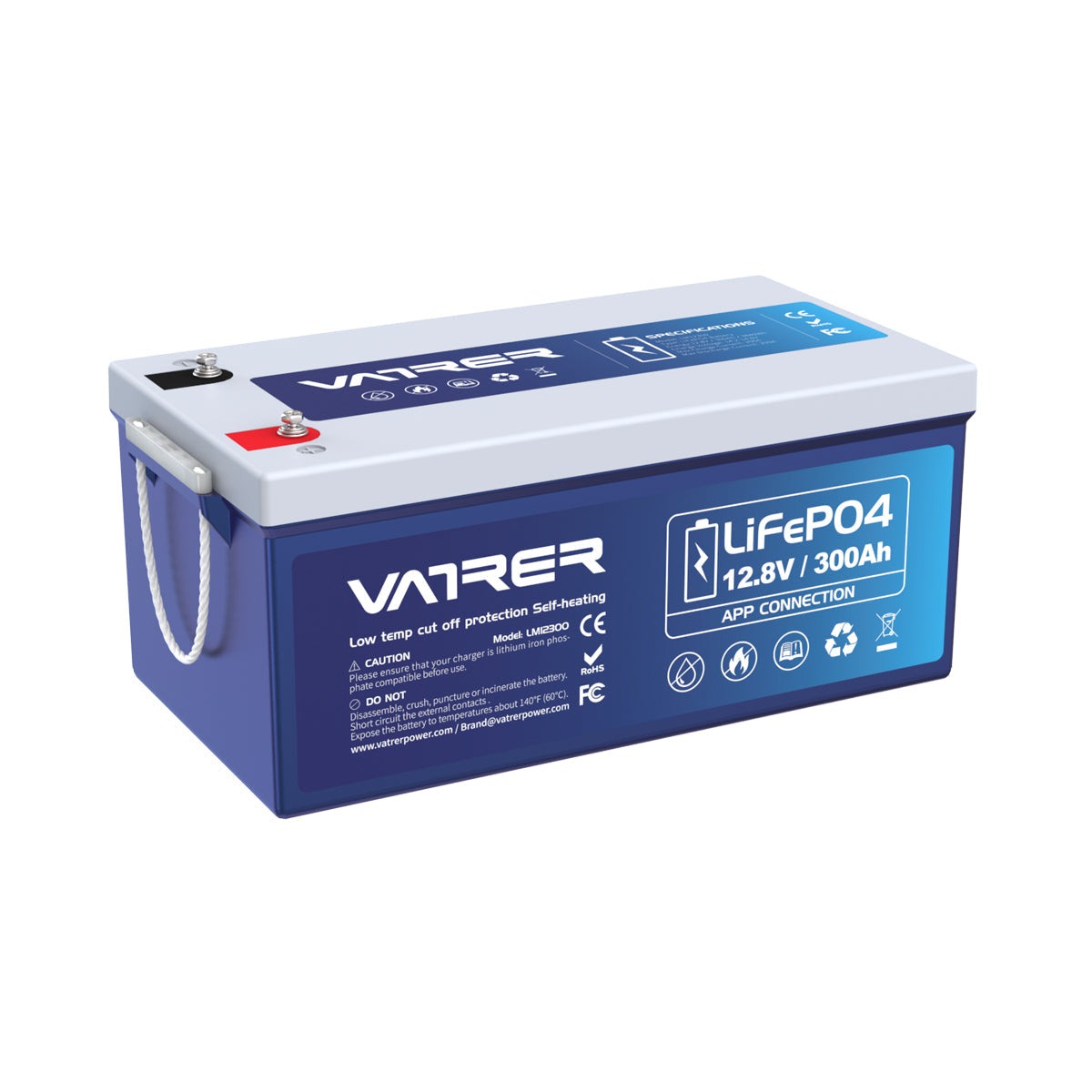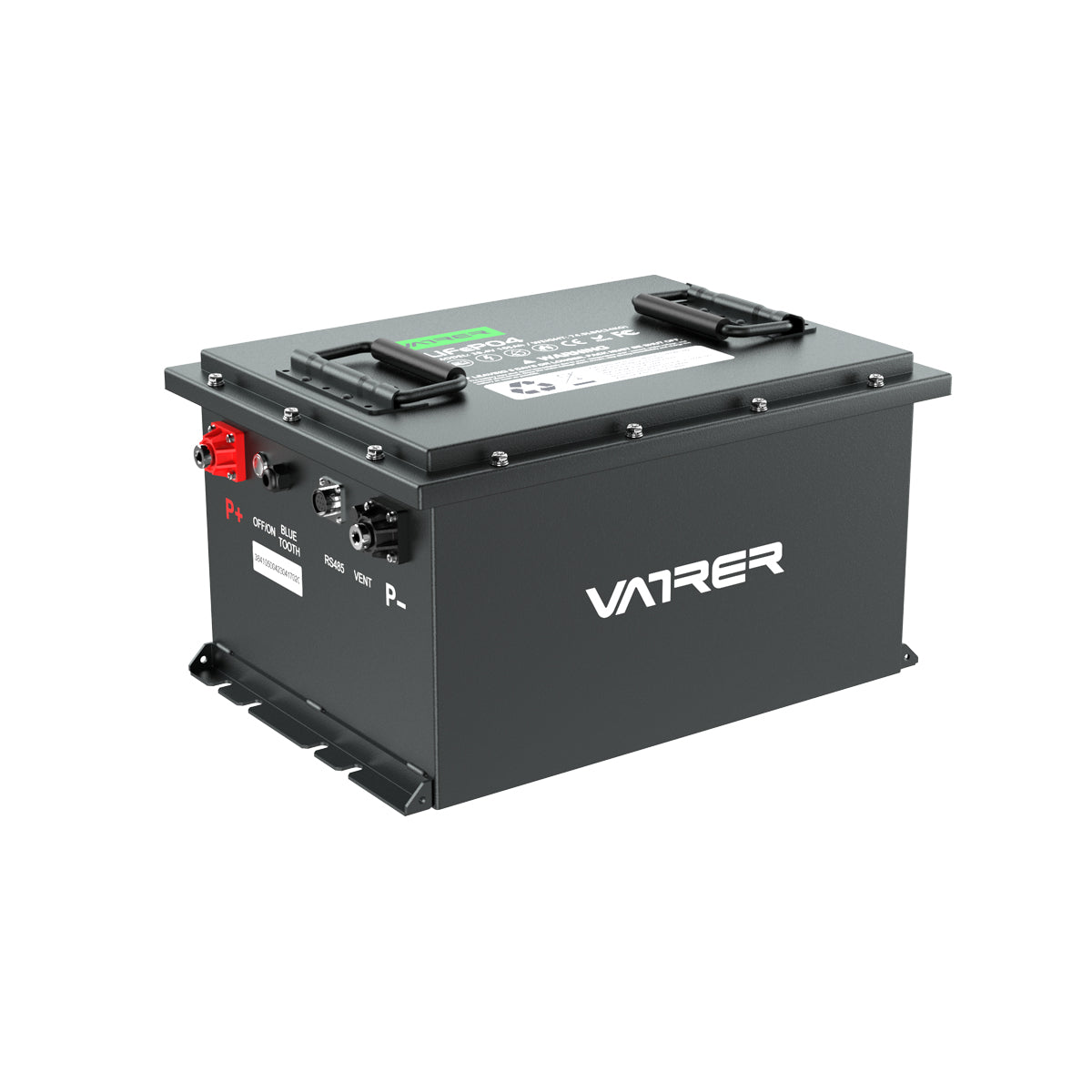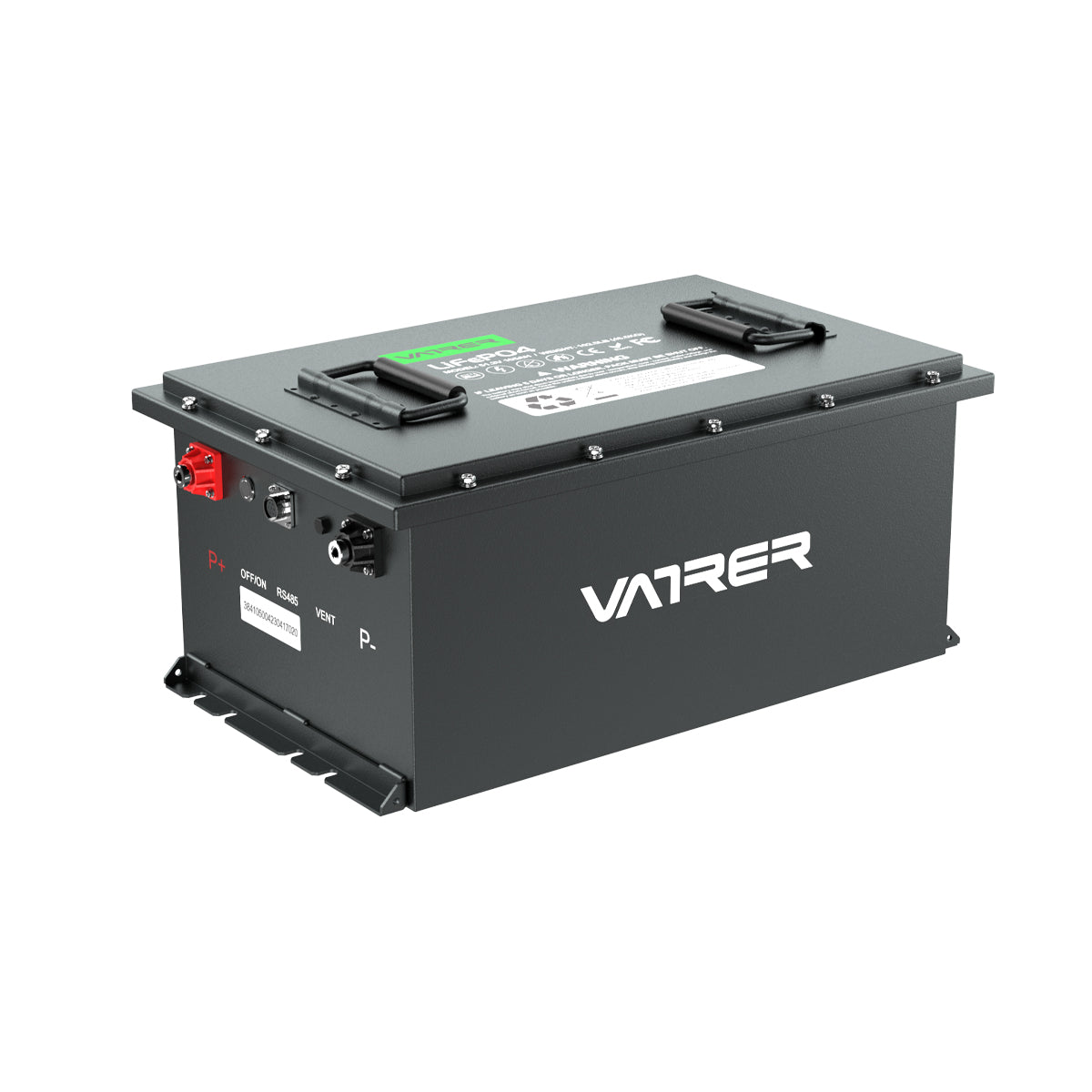When considering a shift to solar energy for residential use, one of the essential components to evaluate is the storage system — specifically, solar batteries. Solar batteries store the energy collected by solar panels during the day, making it available for use at night or during cloudy days. But how many of these batteries are actually needed to power a typical house? Let’s dive into the calculations and considerations to determine the number of batteries you'll need.
Step 1: Estimate Daily Energy Usage
First, you need to understand how much energy your home consumes daily. According to the U.S. Energy Information Administration, the average American home uses about 877 kWh per month, which roughly translates to about 29 kWh per day.
Step 2: Solar Battery Capacity
Solar batteries are rated in kilowatt-hours (kWh). Common residential solar batteries like the Tesla Powerwall 2 have a capacity of approximately 13.5 kWh. However, it's important to note that not all of this capacity is usable due to efficiency losses and depth of discharge (DoD) limitations. Assuming an 80% DoD, the usable capacity of a Powerwall 2 would be about 10.8 kWh.
Step 3: Calculate the Number of Batteries Needed
Now, calculate how many batteries your house would need to meet your daily energy consumption. Using the average consumption of 29 kWh, and assuming each battery provides 10.8 kWh of usable energy, you can use the following formula:
Since you can’t purchase a fraction of a battery, you would need to round up to the nearest whole number. Therefore, you would need 3 Tesla Powerwall 2 batteries to cover an average home's daily energy usage.
Step 4: Consider Solar Panel Output
It's also critical to consider how much energy your solar panels can generate. This depends on factors like geographic location, panel efficiency, and the amount of sunlight your area receives. For instance, if your panels produce more energy than your daily use, you might not need as much battery backup. Conversely, less sunny areas might require additional storage.
Step 5: Additional Considerations
There are a few more factors to consider:
- Power Outages: If you want enough power to sustain your home during extended cloudy periods or outages, you might consider more storage.
- Energy Usage Peaks: Homes with high peak power usage (e.g., running air conditioning in summer) might need more energy storage to avoid purchasing high-cost energy from the grid.
Conclusion
The exact number of batteries needed can vary based on several factors including energy usage patterns, solar panel output, and personal backup requirements. Here’s a quick table summarizing the battery requirements for different daily usage levels assuming each battery has 10.8 kWh of usable capacity:
| Daily Energy Usage (kWh) | Batteries Needed (13.5 kWh capacity, 80% DoD) |
|---|---|
| 10 | 1 |
| 20 | 2 |
| 30 | 3 |
| 40 | 4 |
| 50 | 5 |
Investing in the right number of solar batteries ensures you maximize your solar investment and achieve energy independence. Always consult with a professional to understand the best configuration for your specific needs.












